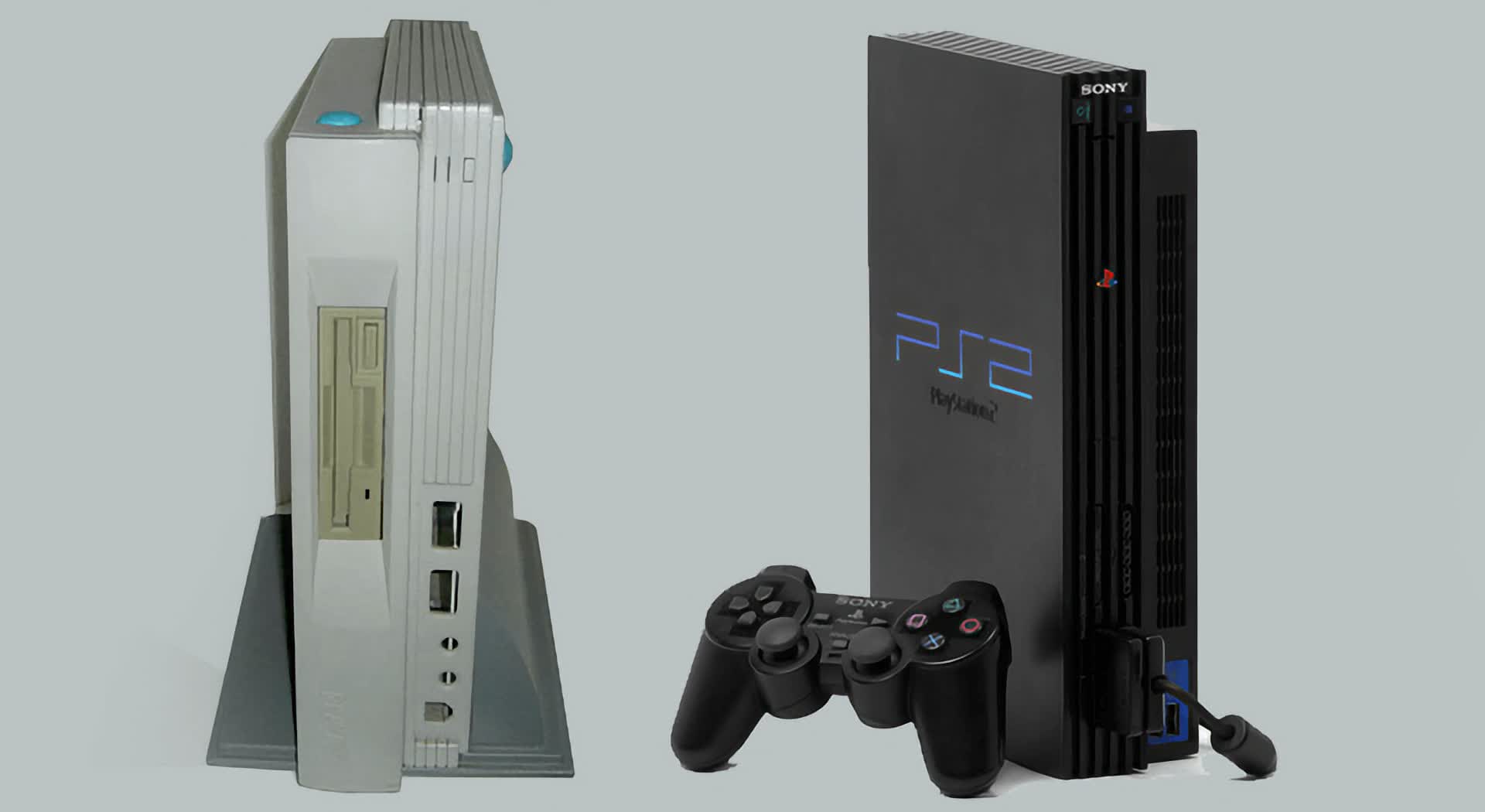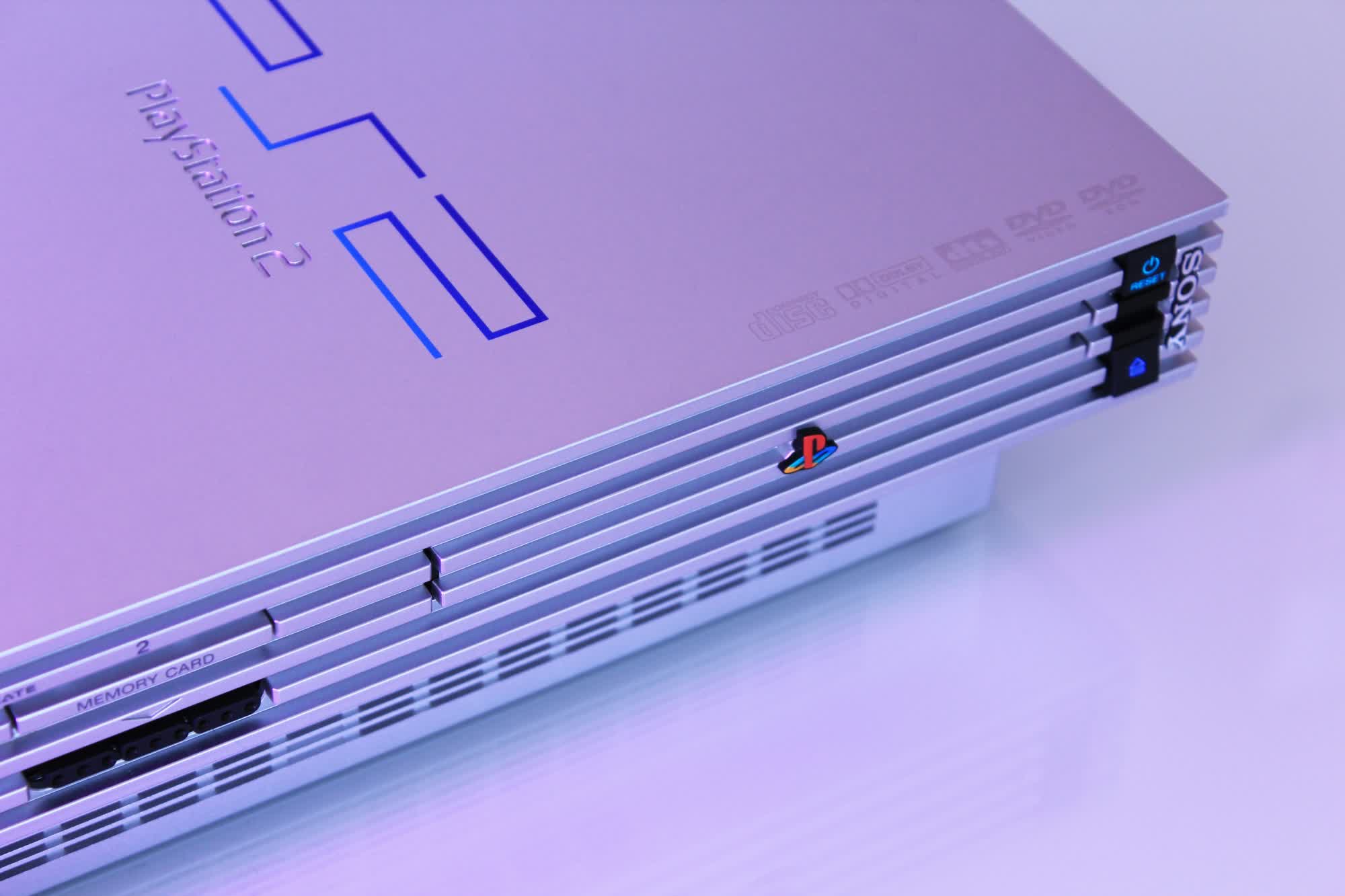A little background

The Atari Falcon030 debuted in late 1992 as the final entry in the company's long-running line of personal computers. Powered by Motorola's 68030 processor, it was a technologically advanced system for its time, featuring 16-bit/32-bit architecture, a built-in DSP (Digital Signal Processor), and enhanced multimedia capabilities.
However, due to internal corporate struggles and the competitive PC market of the early 1990s, the Falcon030 was short-lived – discontinued by the end of 1993 during a major restructuring phase at Atari.
Despite the brief market presence of the Falcon030, Atari had ambitious plans to evolve the platform. Engineers were already prototyping a successor, the Falcon040, which was designed to incorporate the more powerful Motorola 68040 processor.
One of the most intriguing aspects of this next-generation model was its intended housing: a compact, vertical-oriented case referred to internally as the "MicroBox."
The MicroBox chassis was a bold design move, especially in an era dominated by horizontal desktop cases. Sleek, minimalistic, and built for vertical placement, it stood out as a forward-thinking piece of industrial design – one that was ultimately shelved along with the Falcon040 project when Atari exited the computer market.

However, the MicroBox design did not disappear entirely. Years later, when Sony released the PlayStation 2 in 2000, observers noted a striking similarity between its case and the unreleased Atari prototype.
The resemblance wasn't accidental. The design of Atari's MicroBox was referenced in the PlayStation 2's official industrial design patent (U.S. Patent D450,318 S), which includes seven images that closely match the shape and aesthetic of the PS2, describing the "ornamental design" that Sony borrowed from Atari. The likeness is remarkable.
The design was either acquired or licensed by Sony, making the PS2 not just a gaming revolution but also a direct inheritor of an Atari legacy that never fully materialized.
This unexpected design lineage is a fascinating footnote in tech history. The PlayStation 2 went on to become the best-selling video game console of all time, and in doing so, carried forward a piece of design DNA from a company whose own fortunes had long since faded.